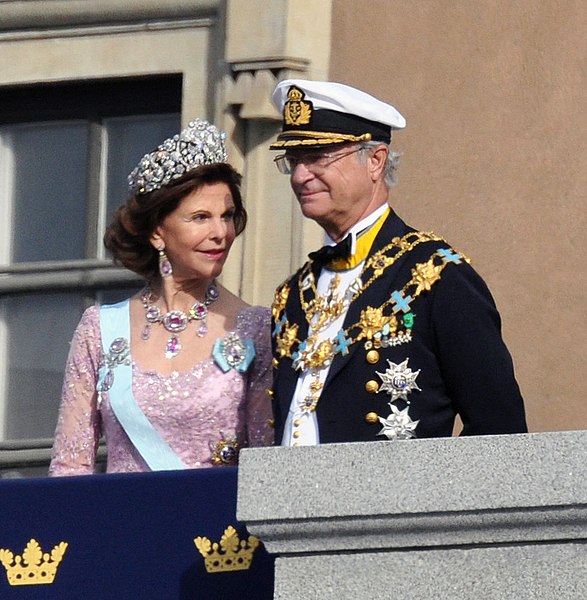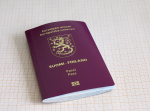
Historically, the Swedish Royal Family adhered to strict marriage laws, determining who they could wed. However, significant changes were initiated in the latter half of the
twentieth century, affording Swedish royals greater freedom in choosing their life partners.
The Swedish Act of Succession formerly imposed restrictions on members of the Swedish Royal Family, preventing them from marrying commoners. Violation of this rule resulted in the loss of their HRH title and dynastic rights, including their place in the line of succession. The Act specifically prohibited them from marrying a "private man's daughter," effectively barring unions with individuals not of royal lineage.
Over a span of nearly sixty years, five different Swedish princes forfeited their titles and dynastic rights by marrying commoners (note that aristocrats were considered commoners under this law).
However, in 1976, when King Carl XVI Gustaf married Silvia Sommerlath, a commoner, he utilized his royal prerogative to designate her as Queen of Sweden. During the same year, he granted permission for his uncle, Prince Bertil, Duke of Halland, to marry his partner of nearly thirty years, allowing him to retain his royal title. Bertil's wife, Lilian Davies, a Welsh commoner, was bestowed the titles of Princess of Sweden and Duchess of Halland.
The introduction of the new Act of Succession in 1980 marked the removal of the requirement for a spouse to have royal lineage. Presently, members of the Swedish Royal Family are free to marry commoners, provided that the potential spouse is a member of the Church of Sweden and receives the monarch's approval. Photo by Holger Motzkau 2010, Wikipedia/Wikimedia Commons (cc-by-sa-3.0).



































